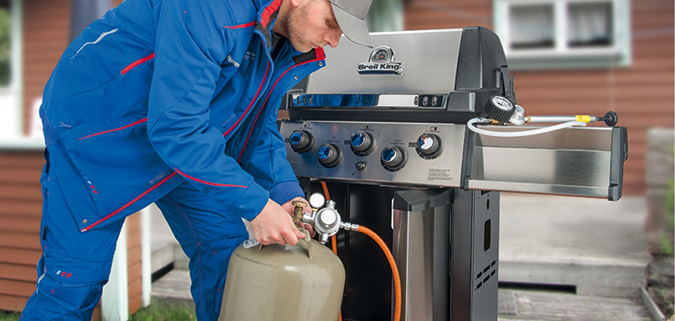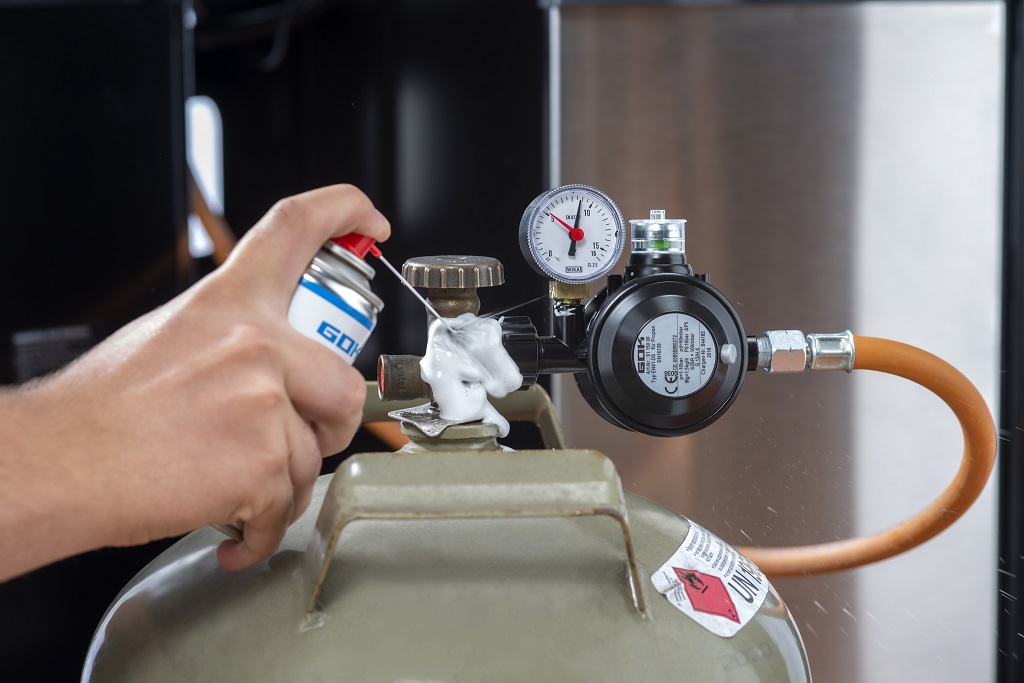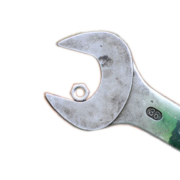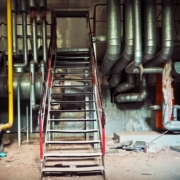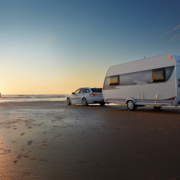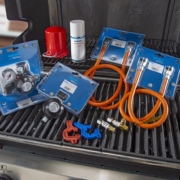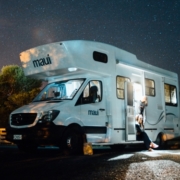How do commercial operation and private operation of a gas barbecue differ?
Business owner or private individual? To a major extent, this alone determines the regulations to be applied when using a gas barbecue, as well as test and replacement periods, pressure regulators and excess flow devices.
The first question to arise: what is private use and what is commercial use? For example, if you are barbecuing for your family or friends and are therefore not serving food for commercial purposes, you are only using the gas barbecue privately. On the other hand, there is the commercial use of gas barbecues. Below are some examples:
- Gas barbecues in restaurants
- Gas barbecues at kiosks and snack bars
- Gas barbecues at market stalls
Sports association = commercial?
There are different opinions on whether this counts as commercial or private use of a gas barbecue, when the sports association prepares and sells sausages and steaks on the gas barbecue at the team’s home games. As money is changing hands and the sale is for a commercial purpose, however, it is seen as more of a business.
After we have clarified what private and commercial use of the gas barbecue is, we can discuss the differences.

Selling sausages at the home games of the local football club? Also falls under the definition of commercial use.
Pressure regulator
If you barbecue privately outdoors, no safety devices are mandatory with the pressure regulator.
This does not mean that nothing will ever happen. More and more enthusiastic barbecue users who have kept themselves informed about gas barbecue components, recognise the advantages of high-quality pressure regulators with safety devices. If something should happen, they sometimes protect the very expensive gas barbecues from damage caused by overpressure and, significantly more importantly, they protect the barbecue user and the people around them.
In addition, a pressure gauge provides the option of performing a leak check quickly and easily before you fire up the barbecue.In the commercial sector, pressure regulators with over-pressure safety device are mandatory. We show you which of the two barbecue regulators are best for use in commercial or private areas in the video tutorial:
You are currently viewing a placeholder content from Youtube. To access the actual content, click the button below. Please note that doing so will share data with third-party providers.
Special case: barbecuing indoors
Also a must if the gas barbecue is indoors and not outdoors: the thermal cut-out device. You can tell whether the GOK pressure regulator has one of these by the “t” or “F1-T” on the type label.
However: For private use, these applications – i.e. the gas barbecue indoors – are not defined or permitted. In private use, the gas barbecue may only be used outdoors.
Excess flow device
The excess flow device is not mandatory from the outset in both private and commercial use of a gas barbecue. If you use a hose assembly that is smaller than or equal to 400 millimetres, you don’t ever need to use the safety fitting. In the commercial sector, it is mandatory for a hose assembly length of more than 400 millimetres and for private use from 1,500 millimetres.
Hose assemblies
No matter how you use your gas barbecue, the hose assemblies are always the same: Orange, mostly made of rubber with textile lining and available with various lengths and connections.
Replacement periods
The worksheet G 612 (A) of the German Technical and Scientific Association for Gas and Water (DVGW) regulates the “operation of portable LPG systems in leisure time for outdoor use”, i.e. the private use of gas barbecues. According to this, wear parts such as pressure regulators and hose assemblies must be replaced with new parts at the latest ten years after the date of manufacture.
Regulation 110-010 of the German Accident Insurance Act (previously: DGUV V 79) defines the replacement periods for business. This regulation only applies to Germany. The operator must replace the pressure regulator, hose assembly and other wear parts of the LPG system at the latest ten years after the date of manufacture.
Inspection
Last but not least, the differences in the inspection of the system. In the case of private use, you should carry out a simplified leak check before each use. You can read how this is done in this article: How do I carry out a simplified leak check on an LPG cylinder system?
More obligations for commercial use
The business owner has significantly more obligations with regard to the testing of their LPG system. They must appoint a qualified person who:
- inspects the system before initial start-up.
- performs an inspection after repair work or modifications which may affect operating safety.
- inspects the system after operational interruptions lasting longer than one year.
Regarding the inspection intervals: Before the publication of DGUV 110-010, it had become common practice that the LPG system is inspected every two years. DGUV 110-010 finally specifies the inspection intervals and summarises them in a table for the different types of systems (see 6.5). If you are a business owner, we recommend that you read and implement the DGUV 110-010.
